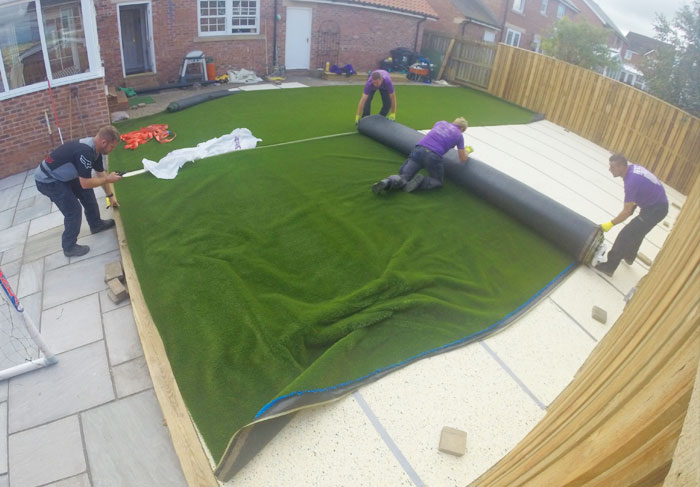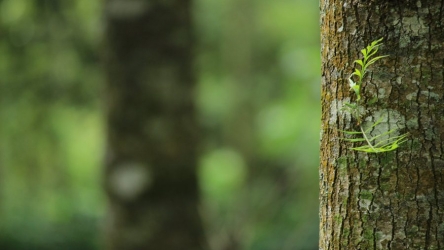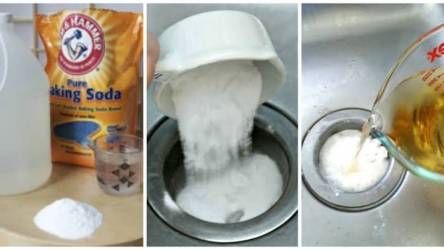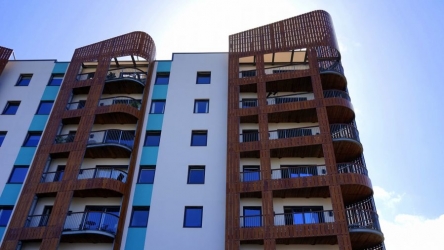
There has been a very large increase in the demand for synthetic or artificial grasses in landscaping.
Most people have only heard about the positives of using artificial grasses. After being hailed as the turf of the future, many have started to believe that artificial grasses are simply flawless.
The truth and reality is far from what is in the mind of most people. While artificial grasses certainly have taken the landscaping world by storm, they do come with a unique set of drawbacks and problems.

Here are some of the most common issues that people deal with when it comes to artificial grasses.
1.) Cost of Artificial Grasses
Compared to real grasses, artificial grasses are quite expensive. Often, artificial grasses can be priced several times that of live grasses.
This is because while live grasses are simple plants that regenerate on their own, artificial grasses have to be manufactured in a factory, where there are a lot of inputs involved like machinery, energy, labor, etc.
While it is true that it takes effort to cultivate live grasses, the amount of input needed for the manufacture of artificial grasses tends to be a whole lot more.
2.) Installation Cost
A well-accepted idea is that artificial grasses are free of maintenance.
That however doesn’t mean that they are free of installation charges. Often, artificial grasses need to be installed by trained professionals who can charge a whole lot more than a regular gardener or landscaper. Here is how you can become an approved installer.
3.) Durability
Artificial grasses tend to last a whole lot longer than live grasses.
However, it should be noted that the durability also depends on the brand of artificial grass being used. There are plenty of companies that manufacture artificial grasses, which are very low on quality.
4.) Environmental Impact
The manufacture of artificial grass requires a great deal of inputs which can cause environmental damage. The synthetic materials may come from environmentally destructive sources like petroleum.
In addition to this, the process of manufacturing the grasses can lead to a lot of carbon emissions. This is something that has gained a lot of attention, since carbon dioxide has been shown to cause global warming, when present in the atmosphere in excess quantity.
5.) Look & Aesthetics
While it is true that advancement in the manufacturing processes and raw materials have enabled artificial grasses to compete on a level playing field with real grasses, it’s not always the case.
There is still plenty of room for improvement, when it comes to looks and aesthetics. The artificial grass industry still has enough room for progress, when it comes to creating grasses that look realistic and on par with live grasses.
As a whole, this article might look like its painting artificial grasses in a negative light.
However, that isn’t the point that is being brought out. On the contrary, the purpose of this is to give prospective buyers both sides of the coin before planning out their landscaping needs.
With proper knowledge about the likely drawbacks, one is able to make better decisions when it comes to landscaping, not just with real but artificial grasses as well. One can use the information that is being presented here to even make sound buying decisions even for artificial grasses.
In simple terms, it is to give customers a balanced view of things.






